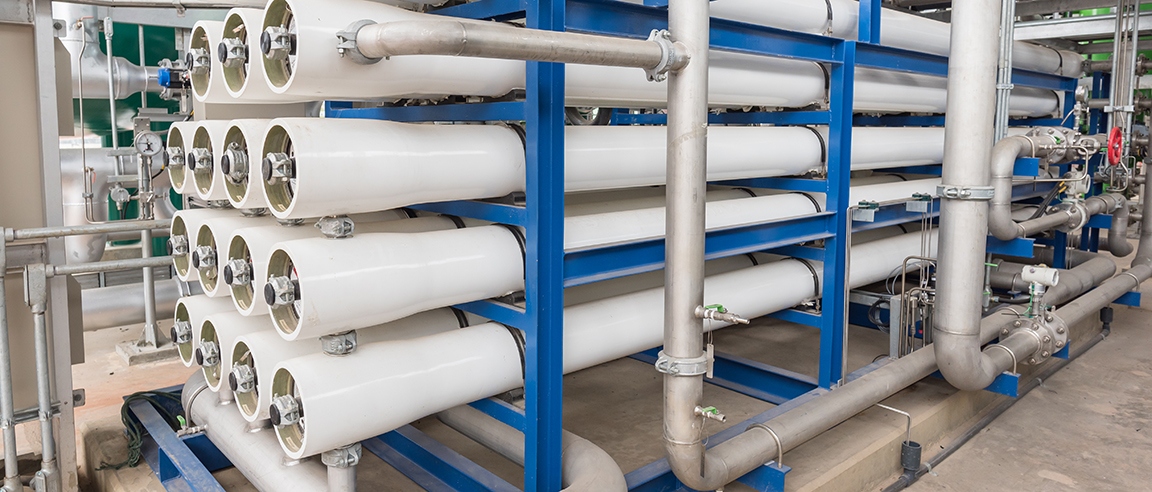
What are the principles of choosing the right water valve?
Each stage of the work has its own important details that must be taken care of. The basis for choosing a water valve is important for all water treatment plant workers. Because we are in Carewater distinguished by the quality of our work. We always strive for the best in the design and construction of water stations of all kinds. We are always keen to pay attention to every detail. Where success lies in every little detail. One of the basics of installing and building water stations is valves, so we have dedicated this article to it.
The role of valves in pipelines
In short, valves in pipelines have an important role as they control the following:
- How fluids flow.
- Directing fluid flow in the desired direction.
- Regulating the passage of fluids.
- Starting and stopping the flow of fluids inside pipes or a water treatment plant.
- It also improves safety by relieving pressure inside the pipes.
How to classify the water valve
Although the method of opening the stopcock is mechanically similar, it is completely different and affects the control, flow speed and amount of flow inside the pipes. Among the well-known or most widely used mechanical opening methods:
- Multi-Turn valves
- Quarter turn valves
- Manual Valves
- Actuated Valves
- Automatic Valves
Types of valves used
- Ball Valve: With its spherical inner cylinder opening at 90 degrees, it is easy to open, close, and flow in a straight line (single entry and exit). It can be used in the case of determining the direction of more than one pipeline.
- Butterfly Valve: It is a circular valve, used in confined spaces, characterized by a controlled speed of opening and closing, and the flow direction is in a straight line. Proven effective results with low pressure.
- A non-return Valve (CHECK VALVE): We use this to prevent backflow, it has no handle because it does not need external control, it works along with the direction of flow and prevents return.
- Gate Valve (GATE VALVE): The most widely used type, installed in cases of full opening or closing of the line.
- Knife Gate Valve: This valve has a knife-like design that cuts off the flow and is used in solid liquids, wastewater, grease, and oils.
Throttle valve (GLOBE VALVE): very distinctive in controlling the flow. - Other types such as (PINCH VALVE- PLUG VALVE- PRESSURE RELIEF VALVE)
What is a water feed valve?
A cock, sometimes called a valve, is a device that directs, regulates, and controls the flow of fluids by closing, opening, or partially obstructing the fluid flow. It may sound somewhat complicated, but to simplify it, a valve is a mechanical device that controls the pressure of water – or liquids in general – and its flow within a process or system. This is why valves are an important part of most feed water projects.
We can divide valves from ordinary valves often located near the water meter to shut-off valves of individual installations located on the supply lines of feed taps. varies in size; However, the materials used for this element are also taken into account. Choosing the best suitable valve for the water feed system is not the only thing that engineers and technicians focus on. Valves play the role of professional workers, they manage tasks and various plumbing projects.
Important criteria in choosing a water trap (the material of the valve):
- If the pipes will pass through (chemicals – salts – acids) in the fields (food – beverages and medicines), We can use stainless steel 316 valves.
- In water and fuel applications (non-combustible valves required) brass, we can use plastic or bronze valves.
Learn more about the design and construction of water treatment plants with Carewater Corporation for all water solutions, from here, whatever the type of plant and whatever its production capacity.

























